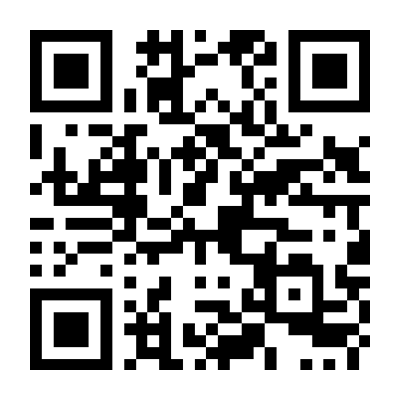单选题
0分
It should not be a surprise. Loneliness and social isolation are on the rise, 1 many to call i...
It should not be a surprise. Loneliness and social isolation are on the rise, 1 many to call it an epidemic. In recent decades the number of people with zero 2 has tripled, and most adults do not 3 a local community group. 4 , more than one-third ofAmericans over the age of45 report feeling lonely, with 5 especially high among those under 25 and over 65 years old. "We live in the most technologically 6 age in the history of civilization," writes former U.S. Surgeon General Vivek H. Murthy, " 7 rates ofloneliness have doubled since the 1980s."
While this 8 trend has grown, so has understanding ofits impact. By now the evidence is abundant and 9 : social connection significantly affects health. When you believe that you have people in your life who l0 you, and you interact with them 11 , you are better off. For instance, you may be less likely to catch a cold, have a stroke or heart disease, slip into early cognitive decline and 12 depression. You may even be more likely to overcome socioeconomic disadvantages, recover quickly from illness and live longer. A study at Harvard University that followed hundreds of people for 75 years 13 the quality of people's relationships as the single clearest predictor of their physical health, longevity and quality oflife.
But the threat ofloneliness is still largely 14 from common health discourse, medical training and practice, and public awareness. lt's time to establish a dedicated 15 to further study, develop initiatives around, and promote social health-how well a person forms and 16 relationships, receives and reciprocates support and feels connected to others. In the same way that mental health has risen up in prominence, 17 more and better research, treatment and advocacy, so too should social health.
Indeed, researchers recently evaluated social connection using widely accepted public health criteria, including size, severity and urgency. They then 18 it to well-established public health priorities that receive considerable resources across public and private sectors, such as nutrition. 19 not receiving similar resources, they concluded, social connection matches and in some cases 20 0ther priorities in impact.
While this 8 trend has grown, so has understanding ofits impact. By now the evidence is abundant and 9 : social connection significantly affects health. When you believe that you have people in your life who l0 you, and you interact with them 11 , you are better off. For instance, you may be less likely to catch a cold, have a stroke or heart disease, slip into early cognitive decline and 12 depression. You may even be more likely to overcome socioeconomic disadvantages, recover quickly from illness and live longer. A study at Harvard University that followed hundreds of people for 75 years 13 the quality of people's relationships as the single clearest predictor of their physical health, longevity and quality oflife.
But the threat ofloneliness is still largely 14 from common health discourse, medical training and practice, and public awareness. lt's time to establish a dedicated 15 to further study, develop initiatives around, and promote social health-how well a person forms and 16 relationships, receives and reciprocates support and feels connected to others. In the same way that mental health has risen up in prominence, 17 more and better research, treatment and advocacy, so too should social health.
Indeed, researchers recently evaluated social connection using widely accepted public health criteria, including size, severity and urgency. They then 18 it to well-established public health priorities that receive considerable resources across public and private sectors, such as nutrition. 19 not receiving similar resources, they concluded, social connection matches and in some cases 20 0ther priorities in impact.
参考答案: B
参考解析: 动词辨析题。根据句意,他们总结说,尽管没有得到类似的资源,但社会联系所带来的影响与其他优先事项相匹敌,而且在某些情况下 其他优先事项。空缺处与matches为并列关系且程度更进一步,故B项为正确选项。【干扰排除】A项与matches语义相反,故排除;c项“击退;打退”、D项“驱逐;开除”与其他影响语义搭配不当,故排除。

 百度扫一扫练题
百度扫一扫练题
 关注千题库公众号
关注千题库公众号








